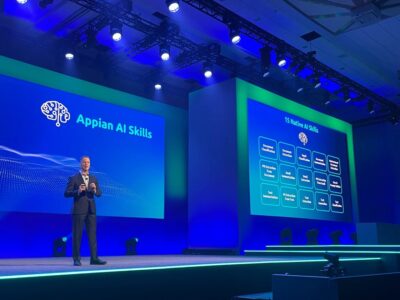NASA has picked 11 companies to develop human lunar landers for its Artemis lunar exploration program, including one based in Dulles, Virginia.
The space agency, based at Two Independence Square in Southwest D.C., is splitting $45.5 million across the companies so they can work on developing prototypes over the next six months that “reduce schedule risk for the descent, transfer and refueling elements of a potential human landing system,” NASA said in a news release.
The funding will be dispersed through Next Space Technologies for Exploration Partnerships (NextSTEP) Appendix E contracts, a NASA partnership program. Companies are required to contribute at least 20% of the total project cost.
“To accelerate our return to the Moon, we are challenging our traditional ways of doing business. We will streamline everything from procurement to partnerships to hardware development and even operations,” Marshall Smith, director for human lunar exploration programs at NASA headquarters, said in a statement. “Our team is excited to get back to the Moon quickly as possible, and our public/private partnerships to study human landing systems are an important step in that process.”
NASA plans to return to the Moon’s south pole by 2024 with the first woman and next man. This effort will also help establish “sustainable missions” by 2028.
The awardees and their locations are:
- Aerojet Rocketdyne — Canoga Park, California
- Blue Origin — Kent, Washington
- Boeing — Houston, Texas
- Dynetics — Huntsville, Alabama
- Lockheed Martin — Littleton, Colorado
- Masten Space Systems — Mojave, California
- Northrop Grumman Innovation Systems — Dulles, Virginia
- OrbitBeyond — Edison, New Jersey
- Sierra Nevada Corporation — Louisville, Colorado, and Madison, Wisconsin
- SpaceX — Hawthorne, California
- SSL — Palo Alto, California
“This new approach doesn’t prescribe a specific design or number of elements for the human landing system,” said Greg Chavers, human landing system formulation manager at NASA’s Marshall Space Flight Center, in a statement. “NASA needs the system to get our astronauts on the surface and return them home safely, and we’re leaving a lot of the specifics to our commercial partners.”
Though NASA is still negotiating specific funding amounts for each company, it has invoked undefinitized contract actions with each company so a portion of the work can get started.
Join the conversation!
Find news, events, jobs and people who share your interests on Technical.ly's open community Slack

DC daily roundup: Esports at Maryland rec center; High schoolers' brain algorithm; Power data centers with coal?

DC daily roundup: Tyto Athene's cross-DMV deal; Spirit owner sells to Accenture; meet 2GI's new cohort

DC daily roundup: $10M to streamline govt. contracting; life sciences might dethrone software; Acadia's new $50M


